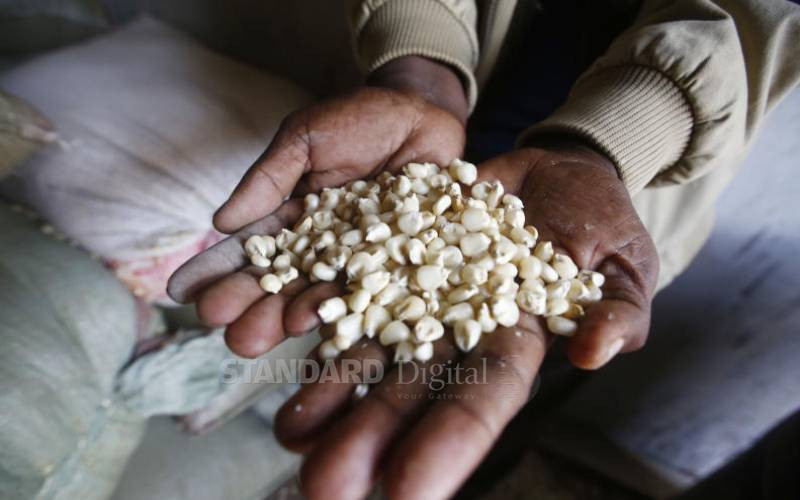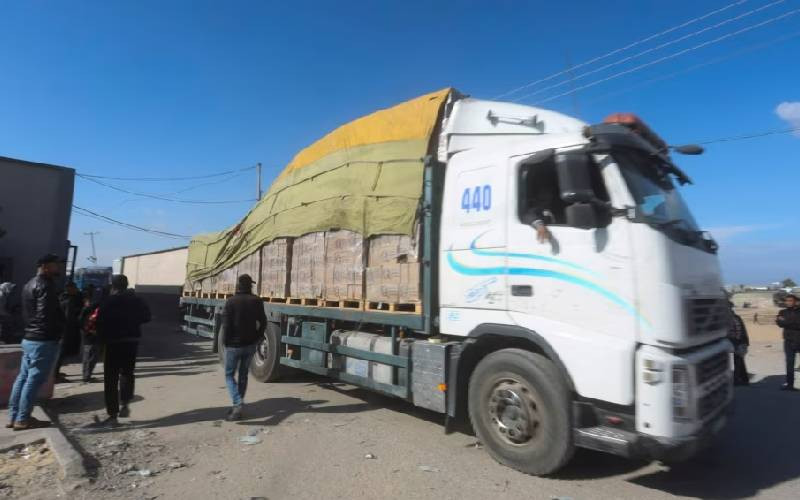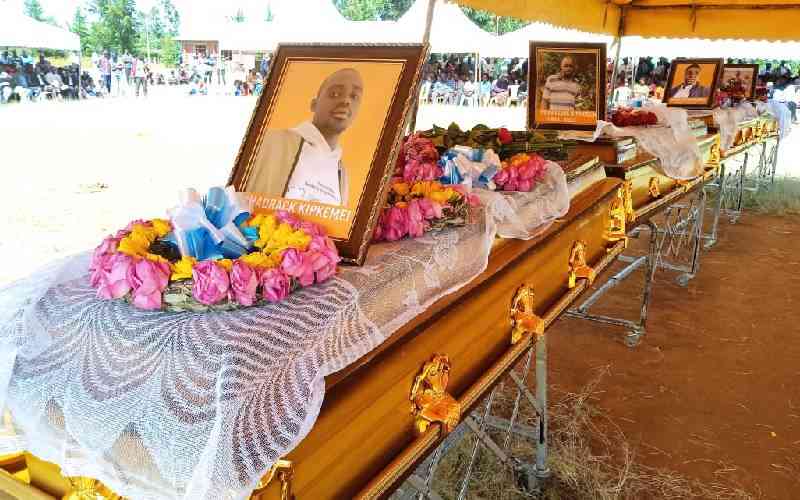By Eric Abuga
Kisii, Kenya: A major threat on food security in parts of Nyanza and Rift Valley looms following the spread of a disease affecting the maize crop in the area.
Farmers in parts of Nyamira, Kisii and Bomet counties are now counting losses as they ponder on how to survive as their crops continue to get destroyed.
The maize disease, identified as Maize Lethal Necrosis disease (MLND) was first reported in lower Longisa in Bomet County in September 2011, but has now spread to the neighbouring counties of Nyamira (Borabu) and Kisii (Nyaribari Chache, Bobasi and Bomachoge), reducing maize production to almost zero.
In a survey carried out by the Kisii County’s Ministry of Agriculture, the disease has attacked 1,847 hectares of maize farms in the county alone. The survey focused on morphological symptoms and found that the growth of the attacked crop ranges from sixth leaf stage (knee height) to tenth leaf stage (breast height).
Isolated case
When it was first reported three years ago and a diagnosis made by the Kenya Plant Health Inspection Service (Kephis), many thought this was an isolated case that would soon be contained. But the rate at which the ‘monster’ disease is spreading poses the greatest threat to maize production in the country.
In the Kisii County survey, varieties attacked most included H629, H614 and SC TEMBO 73. A number of farmers in Kisii and Nyamira counties plant H614 variety that has been doing well in the highlands.
Daniel Rogito, a farmer in Borabu sub-county in Nyamira, says the disease has reduced maize production by over 90 per cent. His 10-acre maize plantation remains deserted after the maize turned yellow (chlorosis) and later dried up after two months of germination.
“I used to harvest over ten sacks per acre, but last season I ended up with less than one bag. The disease is demoralising and we are seeking alternative farming activities,” said Rogito.
He said that the Government has been slow in coming up with a solution.
Zero returns
Rose Ongaki, a farmer in Nyaturago area in Masaba South sub-county, Kisii, says the disease has led to a reduction of maize production in her four-acre farm to three bags. She has been forced to buy maize from the nearby Keroka Market.
A single parent, Ms Ongaki says she has been forced to transfer her children to local schools due to lack of schools fees.
“We entirely depend on the money we get from maize produce. We have spent thousands in land preparation and purchase of seedlings and fertiliser, but the return is almost zero,” said Ms Ongaki.
Stay informed. Subscribe to our newsletter
Kisii County Director of Agriculture, Nathan Soire urges maize farmers to close the season and do other crops as experts from the Government conclude their research. Soire says over the last two years the three counties have lost an estimated 30,000 hectares of maize, translating to over 800,000 bags valued a Sh3 billion.
“We have been sensitising farmers and we urge them to uproot and burn all the affected maize to avoid spreading the disease to other farmers,” said Soire.
 The Standard Group Plc is a
multi-media organization with investments in media platforms spanning newspaper
print operations, television, radio broadcasting, digital and online services. The
Standard Group is recognized as a leading multi-media house in Kenya with a key
influence in matters of national and international interest.
The Standard Group Plc is a
multi-media organization with investments in media platforms spanning newspaper
print operations, television, radio broadcasting, digital and online services. The
Standard Group is recognized as a leading multi-media house in Kenya with a key
influence in matters of national and international interest.
 The Standard Group Plc is a
multi-media organization with investments in media platforms spanning newspaper
print operations, television, radio broadcasting, digital and online services. The
Standard Group is recognized as a leading multi-media house in Kenya with a key
influence in matters of national and international interest.
The Standard Group Plc is a
multi-media organization with investments in media platforms spanning newspaper
print operations, television, radio broadcasting, digital and online services. The
Standard Group is recognized as a leading multi-media house in Kenya with a key
influence in matters of national and international interest.








